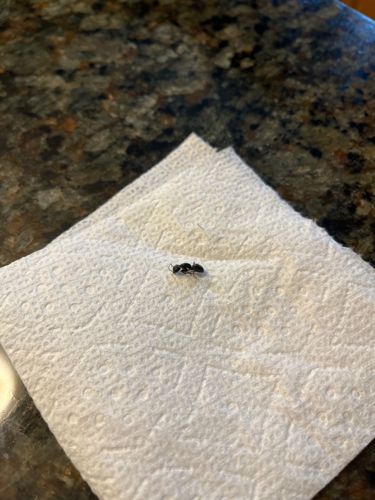Ant
Scientific Name: Formicidae
Order & Family: Hymenoptera, Formicidae
Size: Typically 2 to 25 mm (0.08 to 1 inch), depending on the species.

Natural Habitat
Ants are found almost everywhere on land, from forests and deserts to urban environments. They build nests in soil, under rocks, in wood, or even inside homes.
Diet & Feeding
Ants are omnivorous, consuming a wide variety of foods including nectar, seeds, fungi, insects (dead or live), and household food scraps (sugars, fats, proteins). Diet varies significantly by species.
Behavior Patterns
Ants are highly social insects living in colonies with a complex caste system (queen, workers, males). They exhibit organized foraging, nest building, and defense behaviors. Communication often involves chemical signals (pheromones). They undergo complete metamorphosis (egg, larva, pupa, adult).
Risks & Benefits
Risks include potential household pests (contaminating food, structural damage by carpenter ants), and some species can sting (e.g., fire ants) causing pain or allergic reactions. Benefits include aerating soil, controlling other pest insects, and acting as decomposers by cleaning up organic matter.
Identified on: 9/15/2025